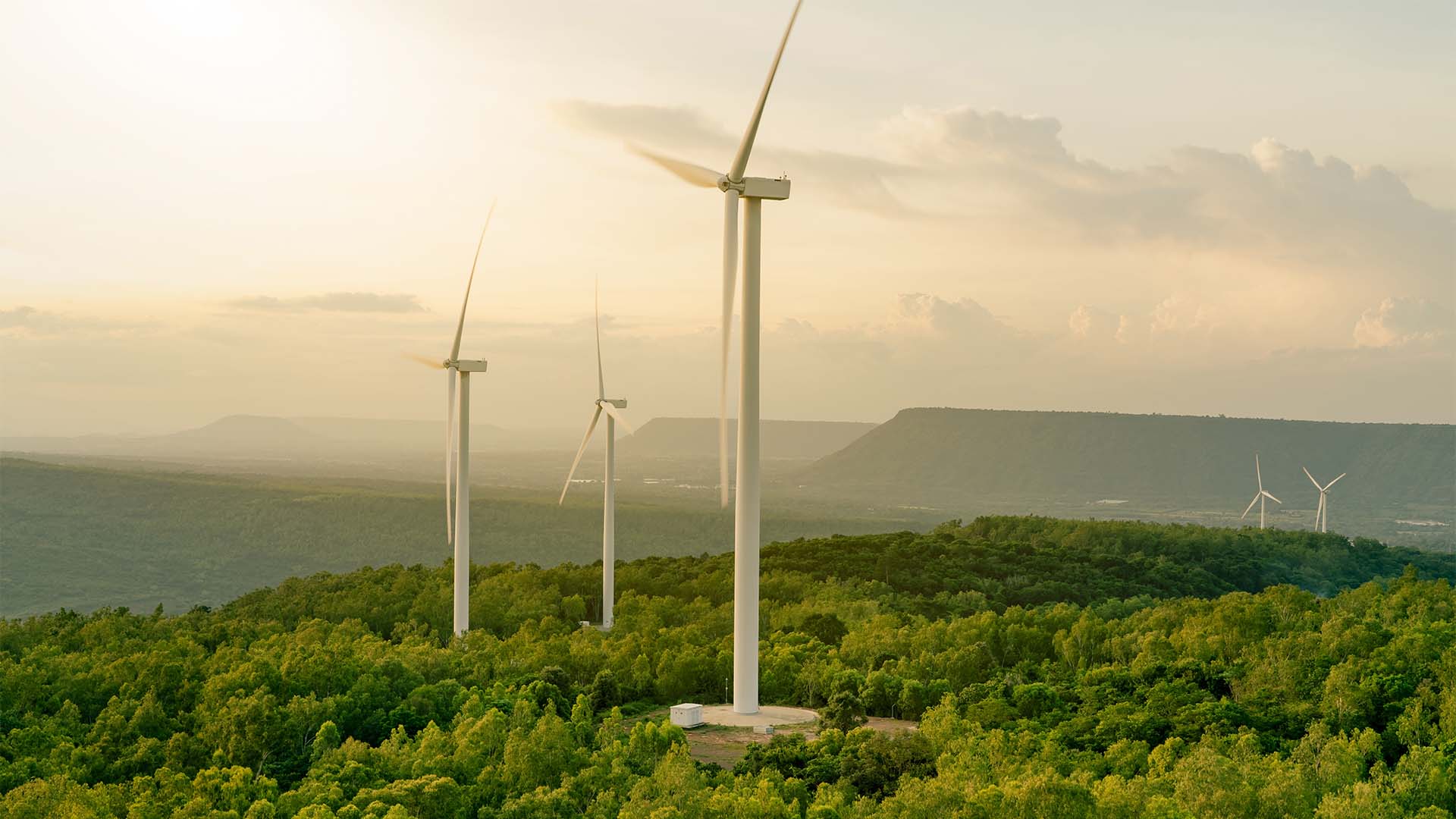In the renewable energy sector, deep technical expertise has long been the cornerstone of innovation. The engineers who optimise turbine efficiency, the scientists who model storage systems, and the analysts who forecast wind or solar output are the ones literally powering the energy transition.
But as the sector scales, the question of leadership, and not just technical capability, becomes critical. Governments, communities, and investors are looking for leaders who can bridge science, systems, and society.
Technical experts are trained to solve problems precisely, logically, and often independently. Their success depends on correctness, however, leadership operates differently, with a core focus on relationships and influence.
Moving from “I know the answer” to “I create the conditions for others to find the answer” is a profound identity shift. It requires humility, emotional intelligence, and trust – things that are not often developed in technical training. In renewable energy, this shift is especially challenging because the problems are urgent. The instinct to stay hands-on, to control the model or fix the system runs deep. True leadership in this space means stepping back so others can step forward.
A “leadership for good” lens reframes this transition. It’s not about managing projects more efficiently, but about the collective capacity to do good for the planet, for people, for future generations.
This mindset asks leaders to:
- Translate complexity into purpose. The best renewable energy leaders don’t just explain the science, they connect those numbers to social outcomes – clean air, affordable power, climate resilience.
- Balance innovation with inclusion. A start-up can only thrive if its engineers, financiers, and community partners feel part of a shared mission. That takes empathy and dialogue, not just technical alignment.
- Model values under pressure. When deadlines, costs, or politics strain a project, “leadership for good” means holding the line on integrity even when compromise feels expedient.
What can organisations do?
If you’re operating in this space, you can make this transition easier by intentionally developing leadership pathways that integrate technical and human skills. That might include:
- Mentorship programmes: pair senior engineers with leaders who model adaptive, values-based leadership.
- External coaching: work with external coaches who understand both the context and the human dynamics of leadership. Coaching can help technically minded professionals shift mindset from solving problems themselves to empowering others to do so.
- Succession planning: Identify potential leaders early and give them opportunities to lead initiatives, not just projects. Build clarity around what leadership potential looks like beyond technical performance.
- Leadership development: design programmes that focus as much on empathy, communication, and purpose as they do on project management and operational delivery. Great leadership in the energy transition requires both technical fluency and the ability to inspire collaboration across disciplines.
- Psychological safety: foster a culture where it’s acceptable to experiment, fail, and learn in public. When people feel safe to take risks and voice ideas, they grow faster and innovation thrives.
The energy transition is a leadership challenge as much as a technological one. Our team works with organisations across the renewables and climate resilience sectors to design and deliver these kinds of leadership pathways, that help technical experts become the leaders that this transition demands.
Get in touch to find out how we can help you build the next generation of leaders for the energy future.



